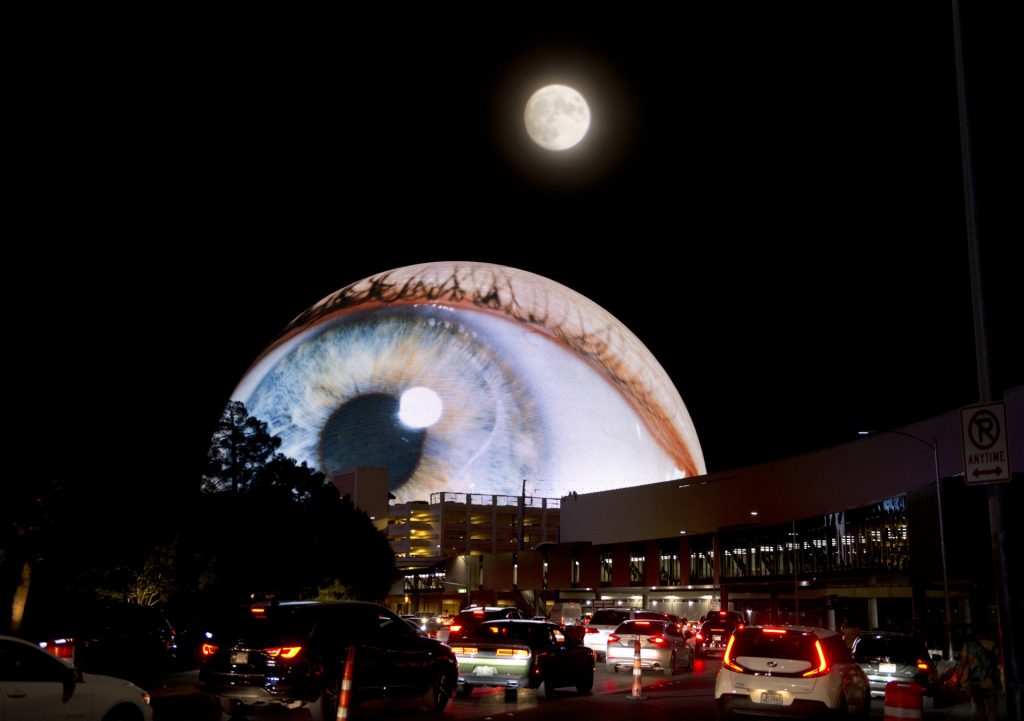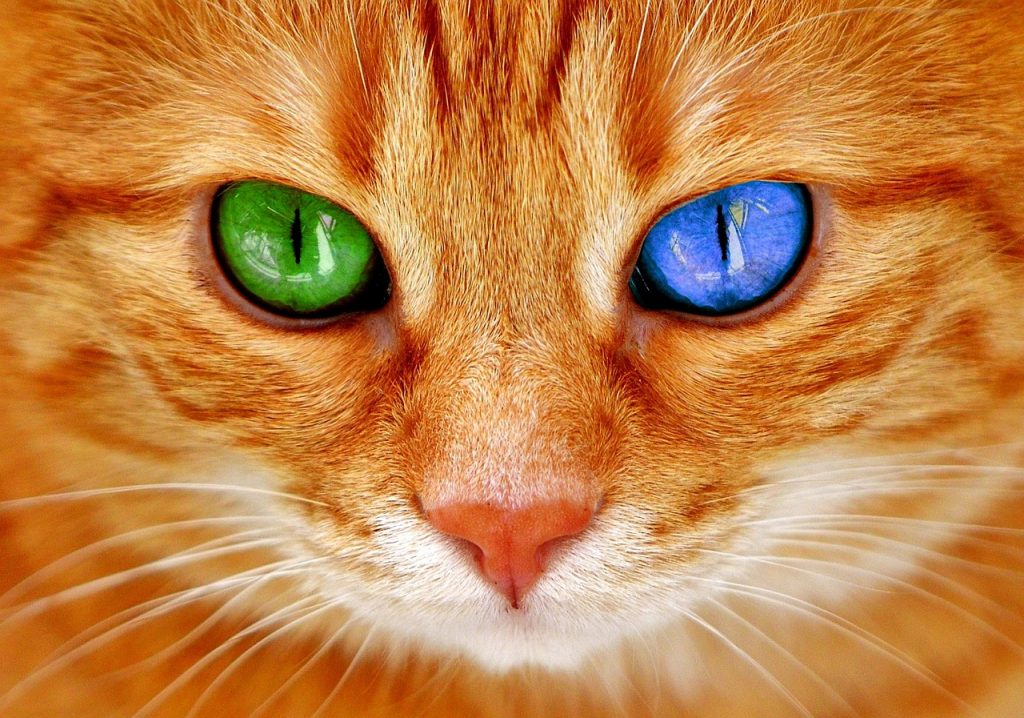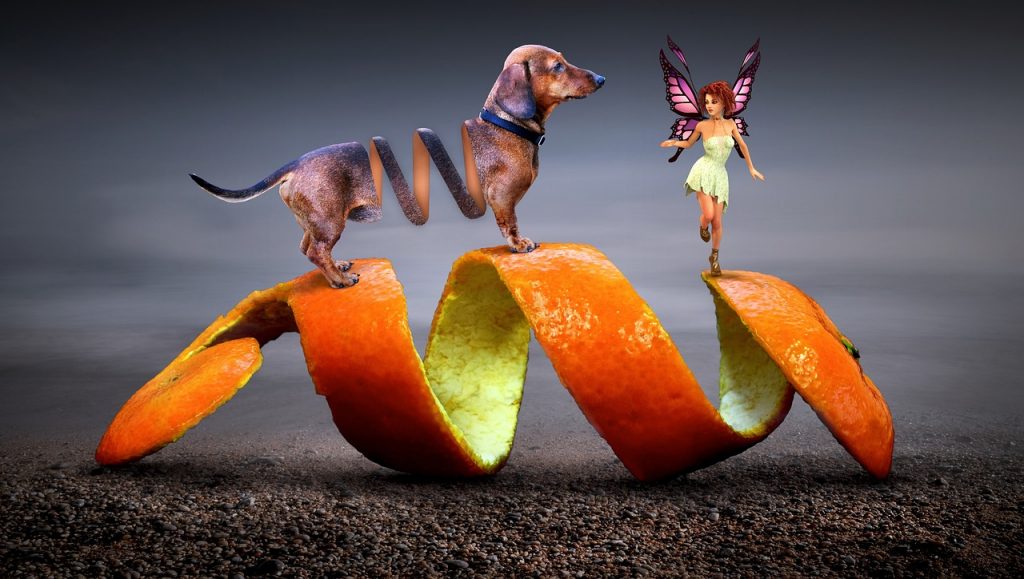Defining Design

GUEST POST from Robyn Bolton
“If you can’t explain something simply, you don’t understand it well enough.”Albert Einstein (supposedly)
This is one of my favorite quotes because it’s an absolute gut punch. You think you know something, probably because you’ve been saying and doing it for years. Then someone comes along and asks you to explain it, and suddenly, you’re just standing there, mouth agape, gesturing, hoping that this wacky game of charades produces an answer.
This happened to me last Monday.
While preparing to teach a course titled “Design Innovation Lab,” I thought it would be a good idea to define “design” and “innovation.” I already had a slide with the definition of “innovation” – something new that creates value – but when I had to make one for “design,” my stomach sank.
My first definition was “pretty pictures,” which is both wrong and slightly demeaning because designers do that and so much more. My second definition, I know it when I see it, was worse.
So, I Googled the definition.
Then I asked ChatGPT.
Then I asked some designer friends.
No one had a simple definition of Design.
As the clock ticked closer to 6:00 pm, I defaulted to a definition from the International Council of Design:
“Design is a discipline of study and practice focused on the interaction between a person – a “user” – and the man-made environment, taking into account aesthetic, functional, contextual, cultural, and societal considerations. As a formalized discipline, design is a modern construct.”
Before unveiling this definition to a classroom full of degreed designers pursuing their Master’s in Design, I asked them to define “design.”
It went as well as all my previous attempts. Lots of thoughts and ideas. Lots of “it’s this but not that.” Lots of debate about whether it needs to have a purpose for it to be distinct from art.
Absolutely no simple explanations or punchy definitions.
So, when I unveiled the definition from the very official-sounding International Council of Design, we all just stared at it.
“Yes, but it’s not quite right.”
“It is all those things, but it’s more than just those things.”
“I guess it is a ‘modern construct’ when you think of it as a job, but we’ve done it forever.”
As we squinted and puzzled, what was missing slowly dawned on us.
There was nothing human in this definition. There was no mention of feelings or empathy, life or nature, connection or community, aspirations or dreams.
In this definition, designers consider multiple aspects of an unnatural environment in creating something to be used. Designers are simply the step before mass production begins.
Who wants to do that?
Who wants to be a stop, however necessary, on a conveyor belt of sameness?
Yet that’s what we become when we strip the humanness out of our work.
Humans are messy, emotional, unpredictable, irrational, challenging, and infuriating.
We’re also interesting, creative, imaginative, hopeful, kind, curious, hard-working, and resilient.
When we try to strip away human messiness to create MECE (mutually exclusive, collectively exhaustive) target markets and customer personas, we strip away the human we’re creating for.
When we ignore unpredictable and irrational feedback on our ideas, we ignore the creative and imaginative answers that could improve our ideas.
When we give up on a challenge because it’s more difficult than expected and doesn’t produce immediate results, we give up hope, resiliency, and the opportunity to improve things.
I still don’t have a simple definition of design, but I know that one that doesn’t acknowledge all the aspects of a human beyond just being a “user” isn’t correct.
Even if you explain something simply, you may not understand it well enough.
Image Credit: Misterinnovation.com
 Sign up here to get Human-Centered Change & Innovation Weekly delivered to your inbox every week.
Sign up here to get Human-Centered Change & Innovation Weekly delivered to your inbox every week.

![]() Sign up here to join 17,000+ leaders getting Human-Centered Change & Innovation Weekly delivered to their inbox every week.
Sign up here to join 17,000+ leaders getting Human-Centered Change & Innovation Weekly delivered to their inbox every week.









